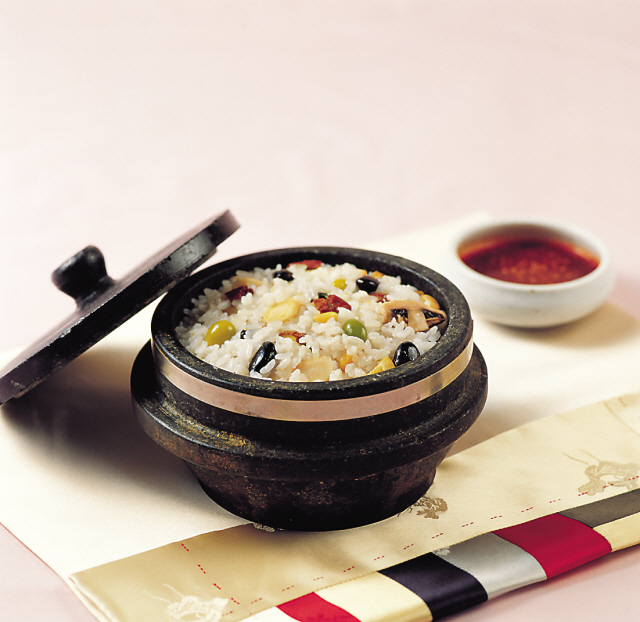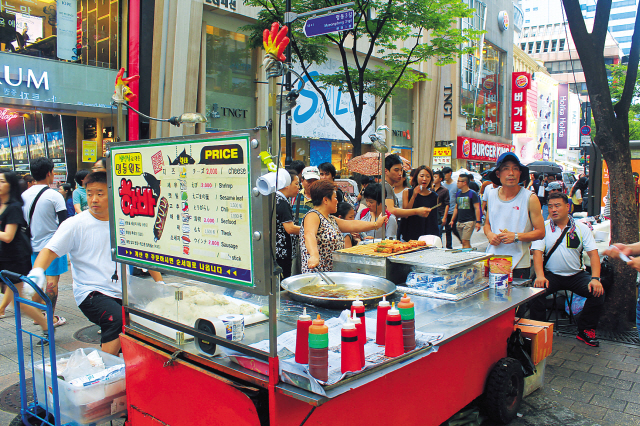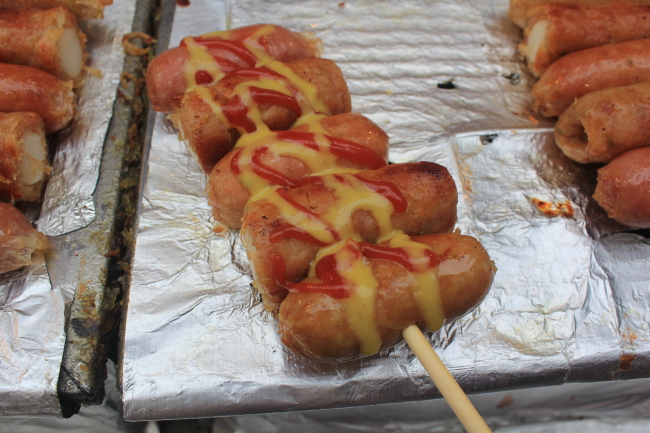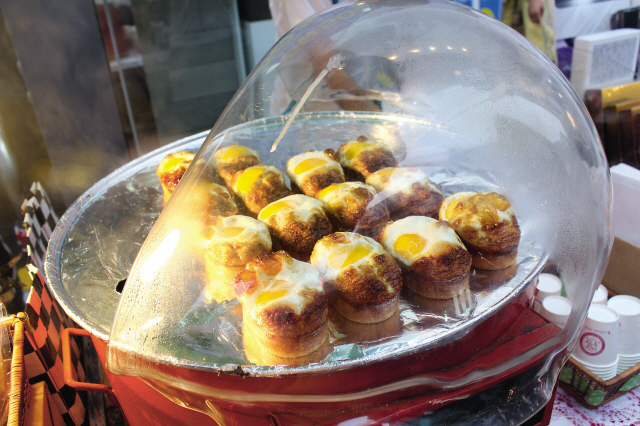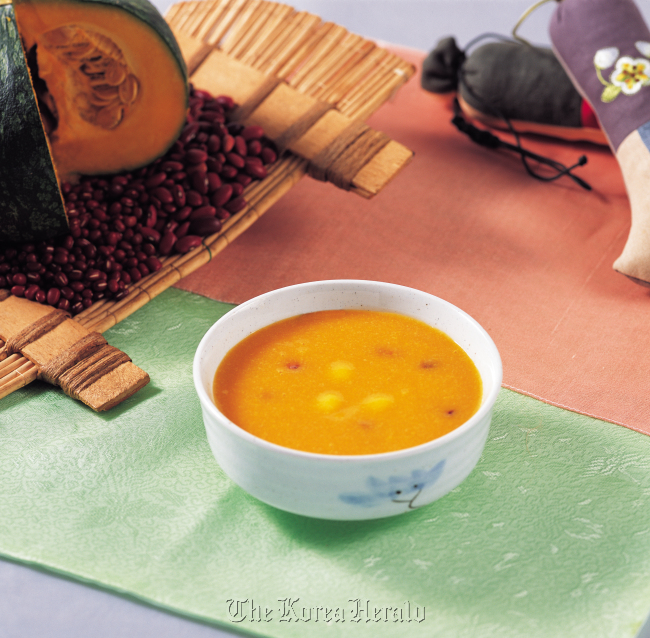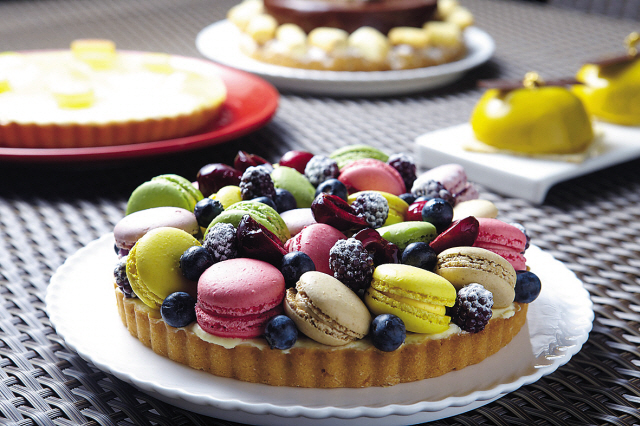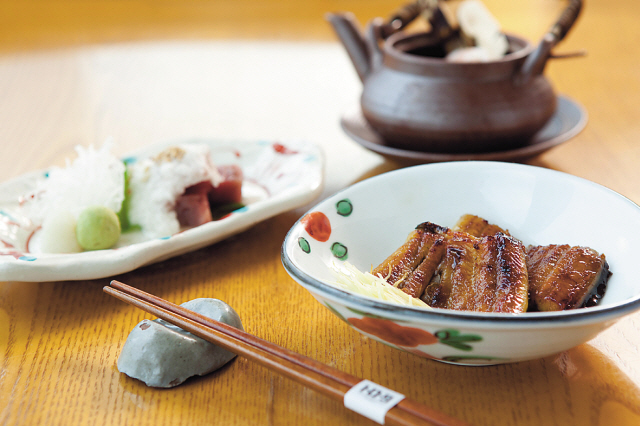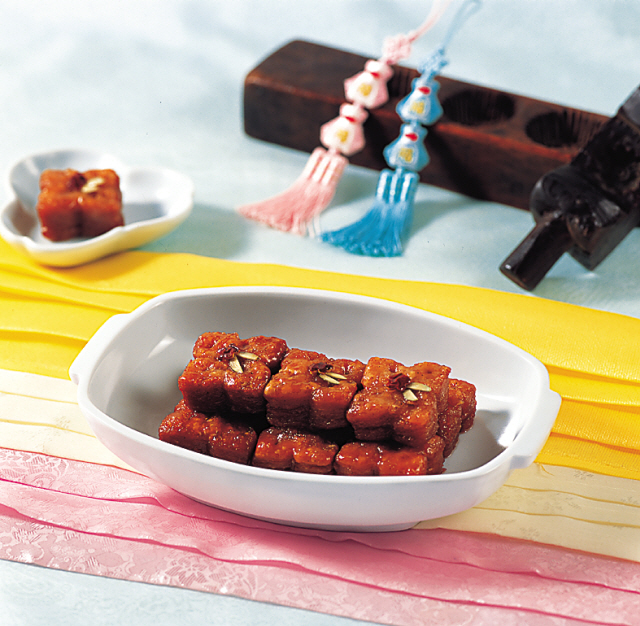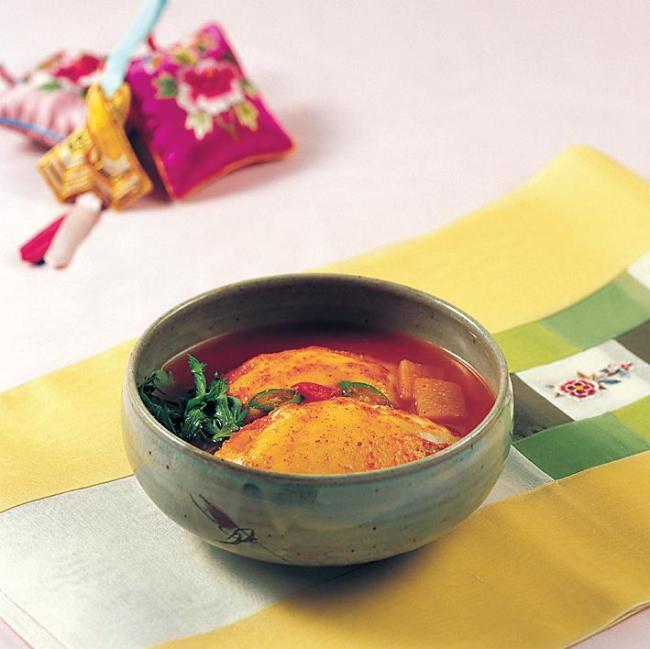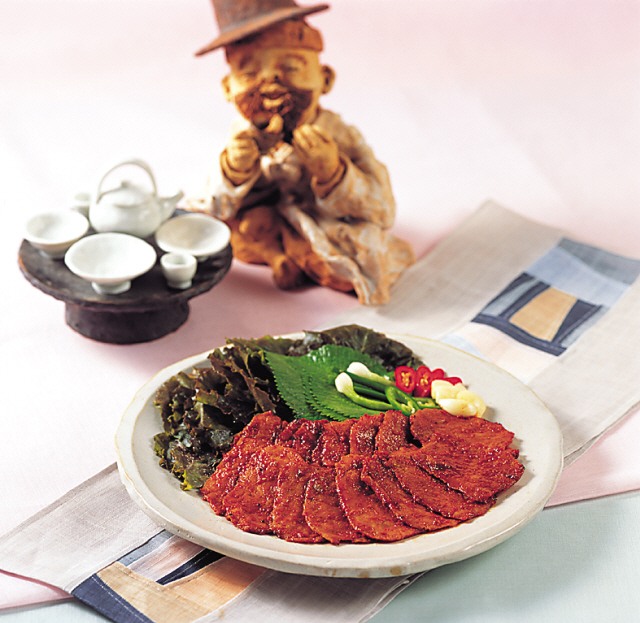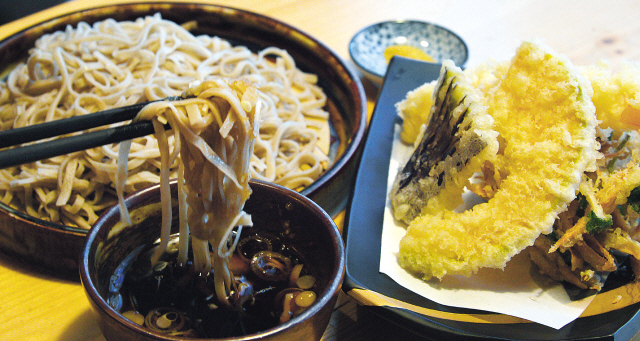ORLANDO, Florida ― Imagine a bowl of
steaming soup with succulent morsels severed from the tail of a cruelly
slaughtered manatee.
It sounds awful but isn’t far-fetched. Sharks are
served in restaurants around the world in fin soup, even though about one-third
of the 450 species are threatened with extinction. And there’s no way for diners
to know the type of shark they are consuming.
To find that out,
shark-attack survivors associated with the Pew Environment Group, working with
the Discovery Channel and researchers from Stony Brook University in New York,
collected samples from restaurants nationwide as part of the largest survey of
its kind.
Results of DNA analysis released Wednesday confirmed the
researchers’ fears: Many of the sharks detected in the soup samples are in
trouble in the wild and, even if they get beefed-up protections soon, some may
not recover for years, if ever, because they reproduce so slowly.
“Sharks
aren’t like other fish,” said Jill Hepp, director of Pew’s Global Shark
Conservation campaign. “They can go years between reproducing. When they do
reproduce, they have just two or three pups.”
The samples were gathered
by the shark-attack survivors, who, despite scars and in some cases missing
limbs, have become activists for shark conservation.
Debbie Salamone, a
Pew spokeswoman focused on shark protection worldwide and fish conservation in
the Southeastern U.S., organized the collecting of soup samples from restaurants
in 14 U.S. cities, including Orlando and Fort Lauderdale.
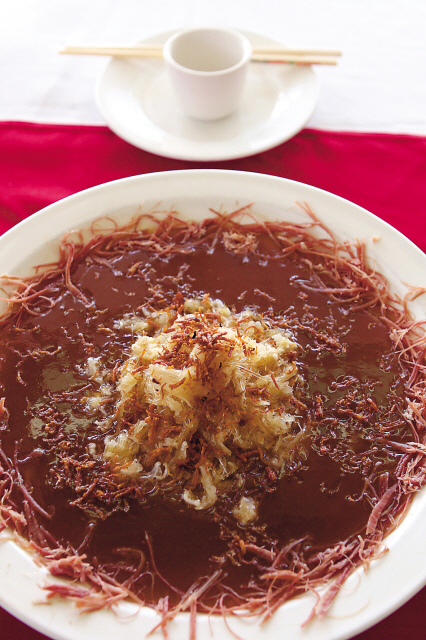 |
| Consumption of
shark fin is becoming an issue internationally. Here, shark fin soup. (Orlando
Sentinel/MCT) |
Salamone, whose Achilles
tendon was severed nearly a decade ago by a shark at a Florida beach, found it
difficult to determine which restaurants serve fin soup, perhaps because of
growing public concern about the main ingredient.
“If you call to ask,
sometimes they just hang up,” Salamone said. Discovery’s “Shark Fight” episode,
which will air next week, covers the survivors’ conservation work and
participation in the soup survey.
“Even if it’s on an online menu,
sometimes when you go, they will not serve it,” Salamone said. “And even when
it’s not on a menu, if you asked, they might serve it anyway. It’s tricky to
know how many restaurants really are serving it.”
She and other attack
survivors, along with some other volunteers, secured 51 samples for DNA analysis
for scientists at Stony Brook and the Pritzker Laboratory at Chicago’s Field
Museum. Obtaining the DNA was tricky, too.
By the time shark fins become
soup, they have been frozen, dried, bleached and aged ― not to mention cooked in
boiling water. Yet the team of scientists extracted DNA data from 32 samples and
was able to identify a specific species in nearly all cases.
The stunner
was finding that a Boston restaurant’s soup contained the endangered scalloped
hammerhead. Blue-shark fin was found in 14 samples from across the country. In
all, eight species were detected through DNA.
The soups from three
restaurants in Orlando were found to contain blue, bull and school shark ― all
on lists of species at risk of extinction.
The scientists could tease
only partial results from a Fort Lauderdale sample, but it was enough to
identify a group of species that includes bull sharks.
Shark-fin soup is
a traditional Asian cuisine regarded as a luxury. But worldwide demand for it
has surged ― as has opposition to the soup by animal-rights and environmental
groups. Several states, including California, have banned shark-fin sales, for
use in soup or otherwise.
Iris Ho, wildlife-campaigns manager for Humane
Society International, said her group and others will encourage Florida and
other East Coast states to adopt similar bans. The environmental damage caused
by fin soup is grim, she said, and the cruelty of “finning” is
intolerable.
“The sharks are usually still alive when they are thrown
back into the water,” she said. “It’s often a very slow and painful death. No
animal should suffer that way.”
Pew’s Global Shark Conservation campaign
is focused on getting the U.S. and other nations to dramatically strengthen
global protections for sharks.
It’s about “keeping sharks in the water,”
said Hepp, the campaign’s director.
Finning sharks and dumping their
bodies back into the ocean is banned in U.S. waters under a law that the attack
survivors were instrumental in strengthening.
Other countries also
prohibit the practice; still, demand for fins remains strong. Fishermen simply
haul the sharks back to port before cutting off fins that can fetch $300 a
pound.
Monica Allen, a spokeswoman for the National Oceanic and
Atmospheric Administration, said the U.S. outlaws the landing of 19 shark
species and, thanks in part to the 2010 Shark Conservation Act, “has some of the
strongest shark-conservation rules of any nation.”
But finning remains
legal and poorly monitored in much of the world ― and is the primary reason,
sharks’ defenders say, that 73 million sharks are caught and killed each
year.
“It’s sometimes a tough issue for people to really understand,
because it seems very far away, both in terms of where most of the consumption
happens ― either in Hong Kong or southern China, Taiwan or Singapore ― and where
the sharks live: the remote Pacific and in the middle of the Atlantic,” Hepp
said.
Michael Heithaus, director of Florida International University’s
School of Environment, Arts and Society, said it might be easier for people to
think of sharks as they do lions, tigers and other top predators: essential for
keeping their environments in balance.
“If we overfish them too much, and
they aren’t filling that roll of top predators, you might have ecosystems change
so much that it hurts other fisheries,” Heithaus said.
“You can cause big
changes in the ecosystem that can be bad not just for the ecosystem but for
people’s dinner plates and pocketbooks as well.”
By Kevin
Spear
(The Orlando Sentinel)
(MCT Information Services)
